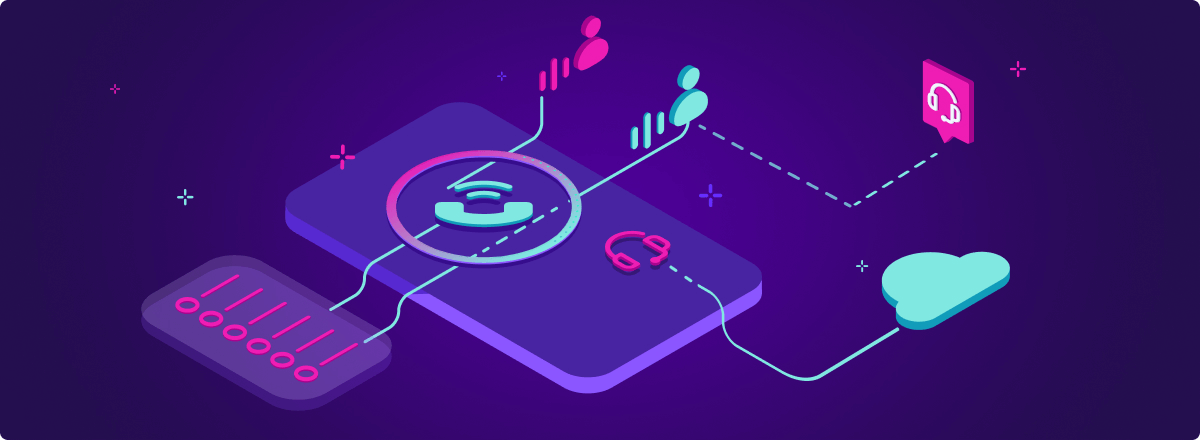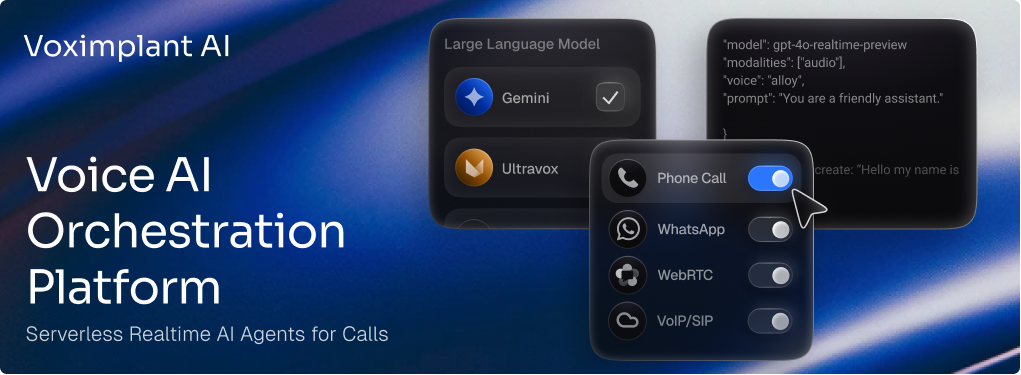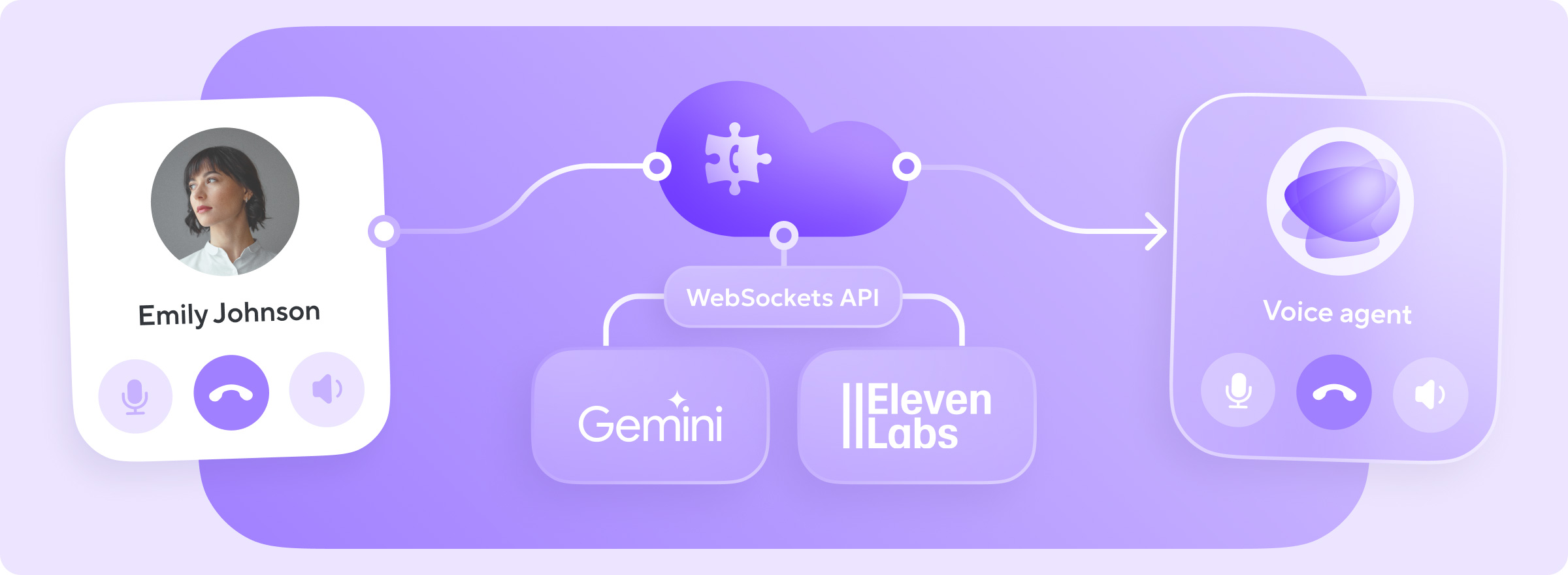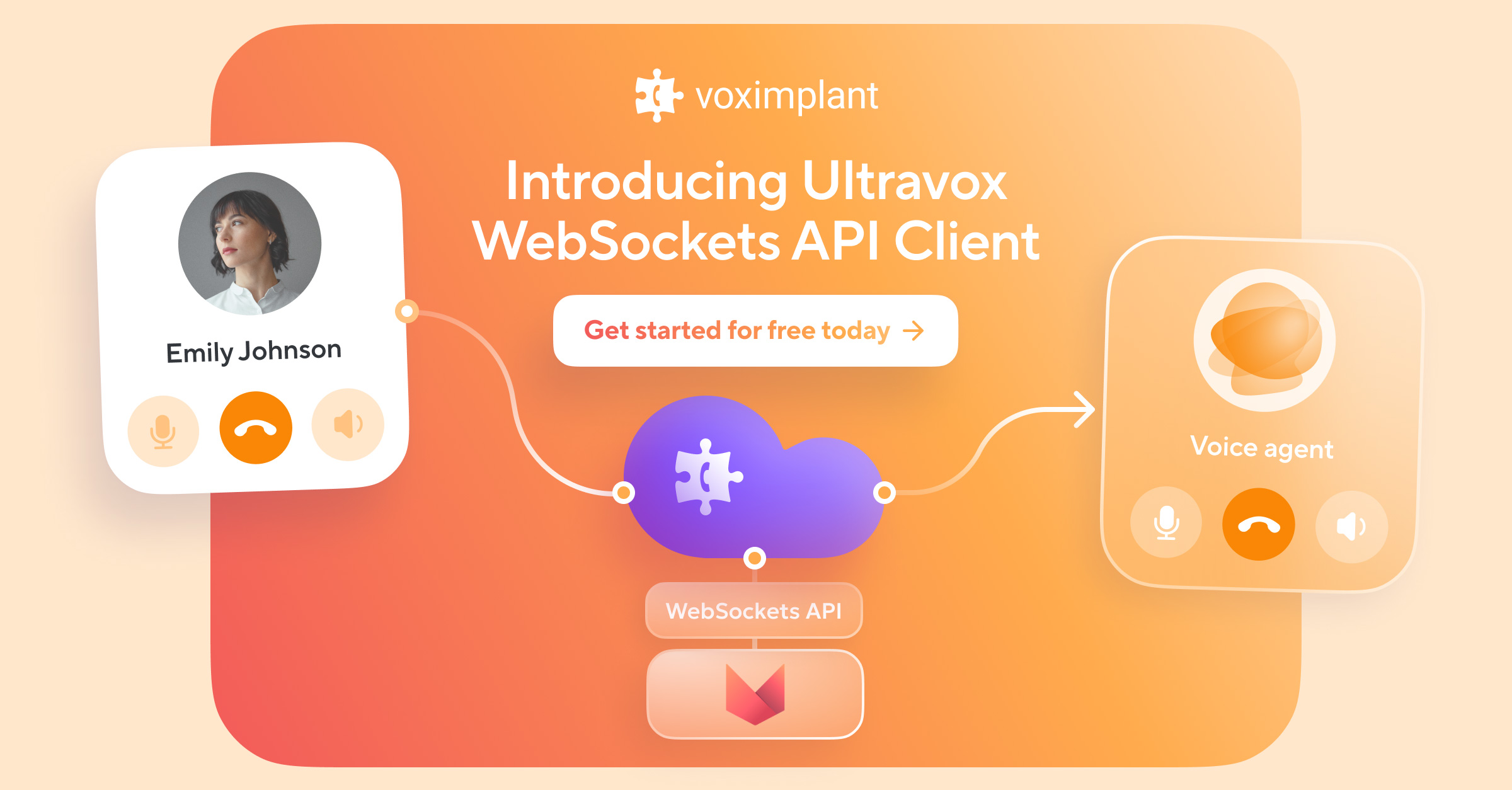Dedicating the time and effort to make sales phone calls is not easy. It takes meticulous hours for the sales team to improve motivational techniques, adopt smart product positioning, and invest in new technology. Why not simplify this process with an automated call dialer?
Implementing such a dialer for outbound call centers, as well as small-scale startups, is easier than you think. Here’s what you need to know about these tools.
What Is Call Dialer?
At the most basic level, a call dialer is a system for placing outbound calls on agent’s behalf to customers and prospects. The main goal is to eliminate repetitive, error-prone, and ineffective parts of phone marketing.
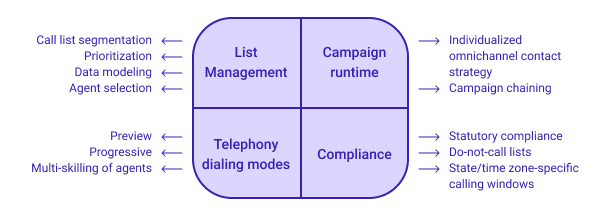
Automated dialing means that call center operators don’t waste any time manually placing these calls. They are connected to customers as soon as they become available. Therefore, they can devote more time to interacting with customers.
Technology Applications
Activities taking place in a contact center are versatile, and so are the reasons why different businesses might need an automatic dialer. Industries that use this technology for optimizing their communications include:
- Real estate
- Telemarketing
- Financial services and personal finance advisers
- Employment and recruiting
- SaaS and technology
- Politics and fundraising
- Business process outsourcing
In terms of specific use cases, you can set up dialers for the following campaigns:
- Proactive customer care (following up with a satisfaction survey, engaging with positive feedback, offering updates on deliveries, sales, etc.);
- Identifying and finding new customers (connecting with potential customers or interacting with referrals);
- Customer retention (subscription renewals, converting existing customers into repeat customers, etc.);
- Cross-selling and upselling your current clients;
- Payment collections;
- Measuring customer satisfaction and asking for feedback;
- Marketing and related research;
- Scheduling appointments.
Types of Call Center Dialers
Here is a short explanation of different types of call center dialers. You can compare their main features and determine which one suits your specific goals.
Predictive Dialer
Predictive dialing automatically places calls from a contact based on a preset algorithm. When the call connects, it is routed to a live agent, and they take the interaction forward. As the name suggests, the system predicts when the operator will be available to pick it up. The inbuilt algorithm analyzes factors like average call length, time of day, reasons for calling, and a lot more.
Manual Dialer
Some communication systems don't support advanced features, which is why agents need to make calls the old-fashioned way. This type of dialing is what many contact centers start with, but they usually migrate to modernized methods as the company grows. Still, it gives employees the flexibility to decide who to call and when to do it, and it encourages personal responsibility.
Preview Dialer
After an agent is finished with the previous client, a predictive dialer automatically proposes the next call. When an outbound campaign is initiated, agents can view a quick rundown of the contact. After they quickly scan the available information, they decide whether they want to call them and when. The more sales touch-points the customer has, the more likely they will be contacted through predictive dialing.
Progressive Dialer
Also known as a power dialer, this type focuses on a selected list of numbers in sequential order. If the line is busy or disconnected, the system goes down the list and calls the next contact. An agent is already active when a call is dialed, so there is no need for routing. The dialing stops as soon as the entire calling list is exhausted.
Click-to-Call
This feature enables your contact center to place calls directly from the helpdesk, CRM, e-commerce platform, or website. It converts web-based traffic into direct telephone communications that work for both inbound and outbound calls. Since it is integrated with other services, it opens up opportunities for comprehensive call center software functionality.
Benefits of Dialer Software
An automatic call dialing system saves your business from additional or uncalled for costs and, subsequently, brings your business a number of benefits:
- Effective problem solving – For example, McDonald's utilizes similar software to tackle a high volume of tickets and either solve the problem straightaway or escalate it to another department.
- Wider customer outreach – A digital marketing agency Mobile Funnels claims that their overall call volume increased by 300%, and average call length went up by only 2 minutes.
- Increased lead conversion – For a business software provider, call dialing lead to an improvement of clients’ experience and, moreover, an increase of the Net Promoter Score.
- Organization and management of the client database – In its testimonial, Choosewell Health Insurance shared that they don’t need to manage complex integrations or write APIs that deliver data backward and forwards.
- Detection of unproductive numbers – After eliminating non-responsive contacts, an outsourcing company Meilleur Contact achieved call abandonment rates of 1 percent.
- Real-time performance monitoring – A contact center for UPS uses such a system to design and deploy new campaigns and report results immediately.
How to Choose a Dialer?
The process of choosing a dialer that aligns with your calling needs can be confusing. Having talked about different types of dialers, let’s analyze the factors that you need to consider.
The Target Audience
Understanding the customer base of your business is a must. The nature of your calls will be different depending on who you call, which, in turn, require different dialing capabilities.
For example, your target audience, or at least a high-value segment of it, might need a personalized outreach. This is the job of a preview dialer. In other cases, like getting past the gatekeepers when cold-calling businesses, you might need a progressive dialing solution.
Number of Call Center Employees
You need to specifically look at the number of available agents vs. how many calls they need to place. Predictive dialer helps in reducing agent idle time for high-volume calling with a small staff or when mid- to large-size companies are under severe time constraints. A general rule is that you should have at least six call center employees for this method to work effectively.
Alternatively, you could have dedicated agents that can afford to spend more time on making calls, so preview dialers will bring better value.
Sales Funnel on Call
There are different sales funnel phases – from generating awareness or qualifying your leads to closing the sale. Naturally, it would change how the calls should be handled.
For instance, during the initial stages of lead generation, you might be more interested in high call volumes, which is what predictive or progressive dialers are best for. At later phases, like appointment setting or addressing concerns, go for a preview dialer.
Lead Cost
Analyze your Cost per Lead metric to see how much it costs to generate new leads during marketing campaigns. If your leads are associated with expensive online and offline events, you need to take advantage of every opportunity. Then, a preview dialer would allow you to establish closer relationships with customers.
On the other hand, generating leads could be a cost-effective activity in your situation. If you need to handle prospects in bulk with minimum time wasted, a predictive dialer would be a more suitable choice.
Call center software from Voximplant automates elements of agents so that they can focus on more important tasks. We can lead our digital transformation through a cloud-based platform and multi-channel solutions, which are tailor-made for your needs.

